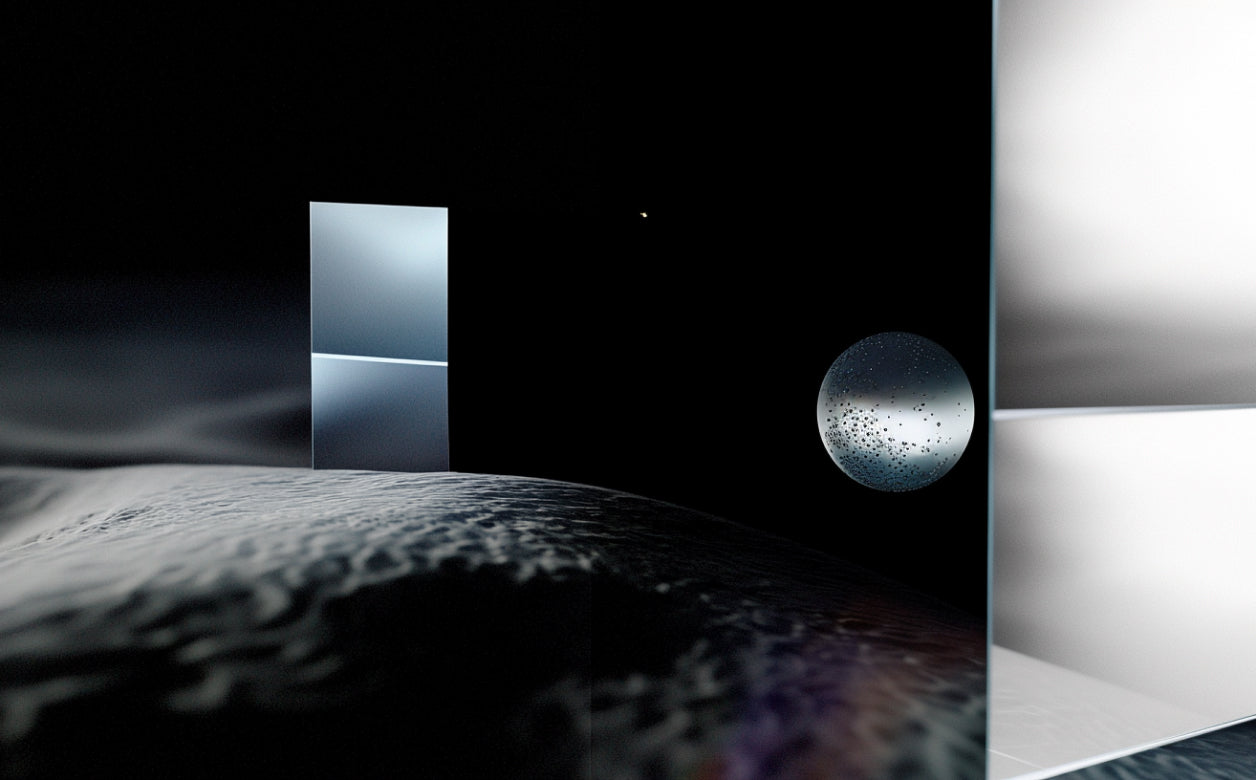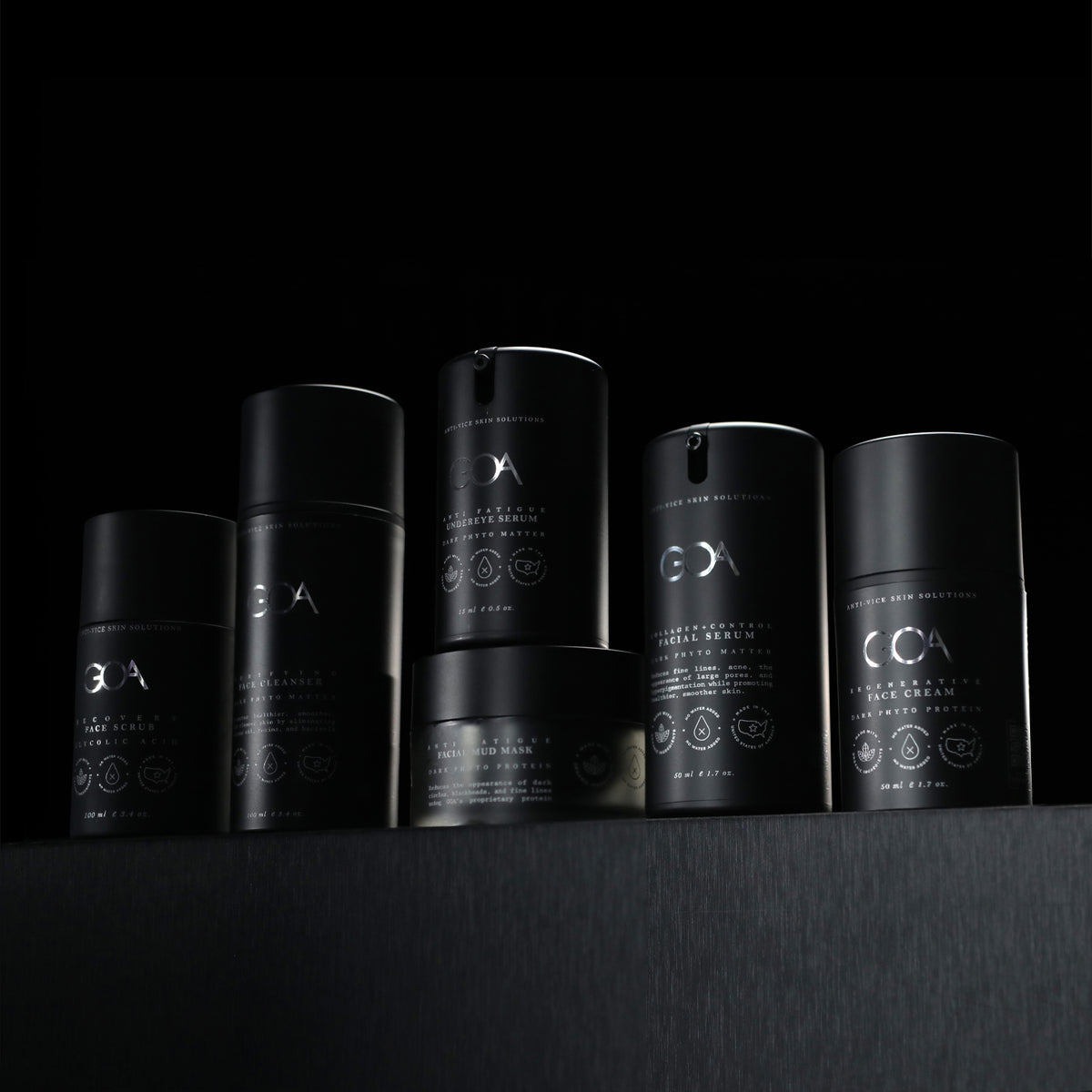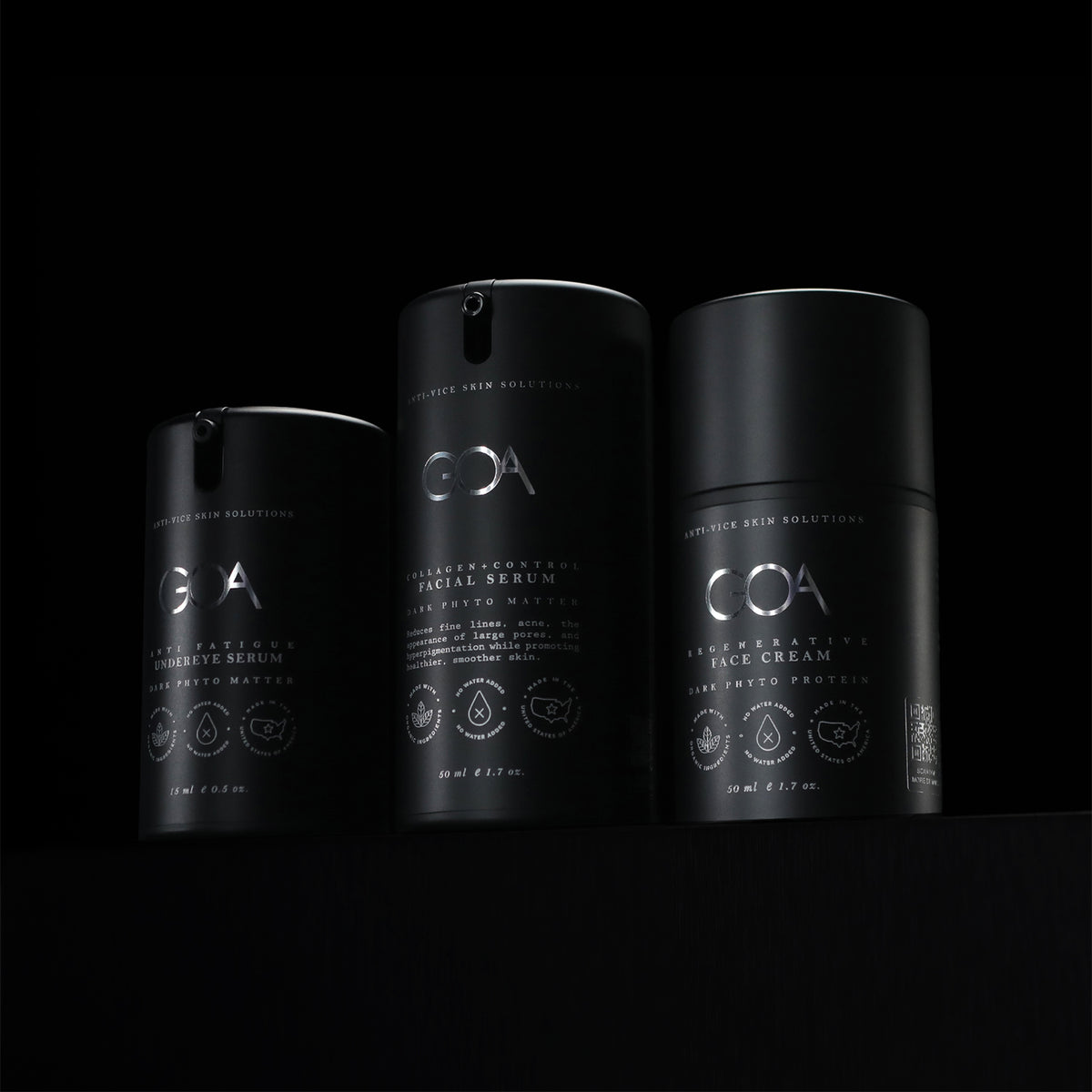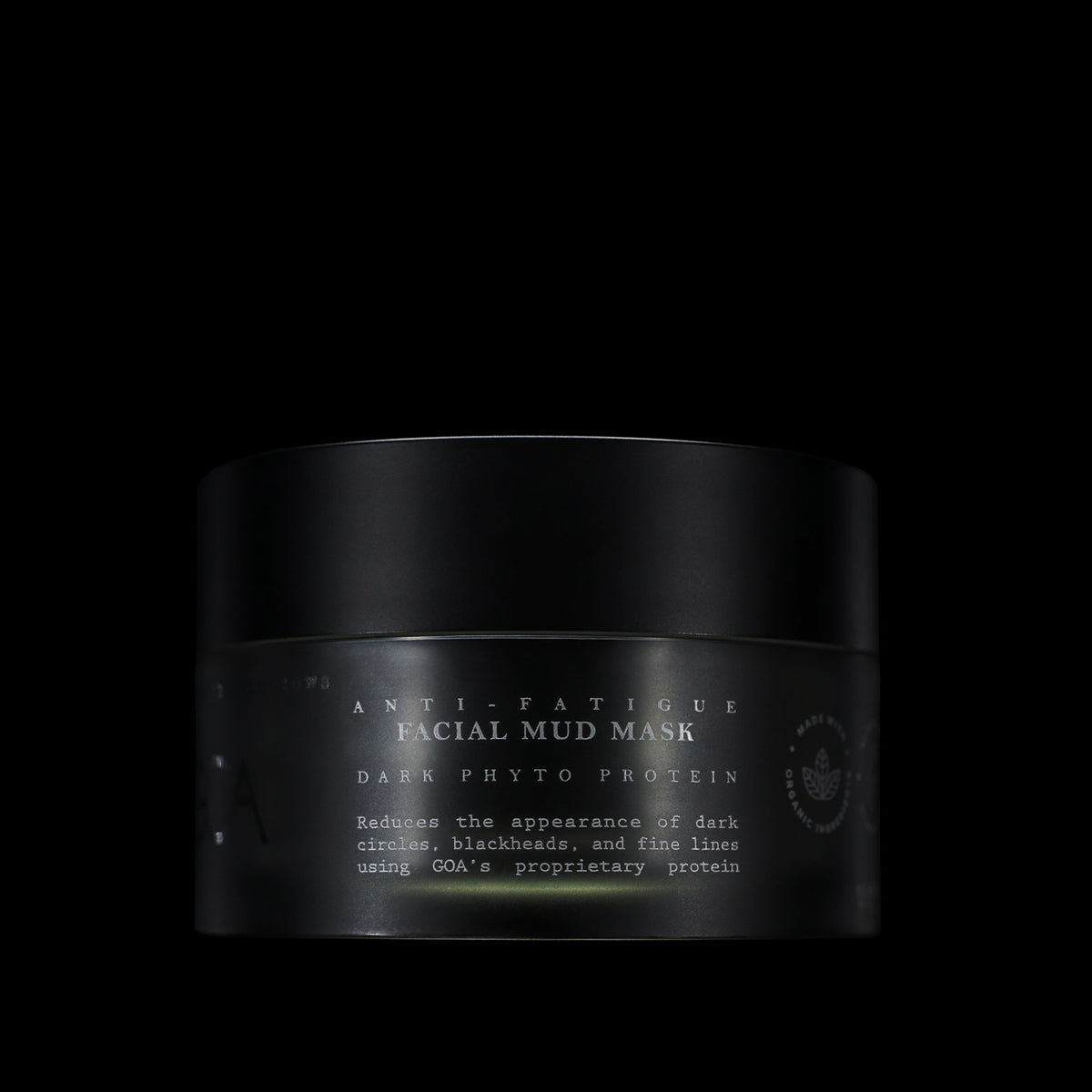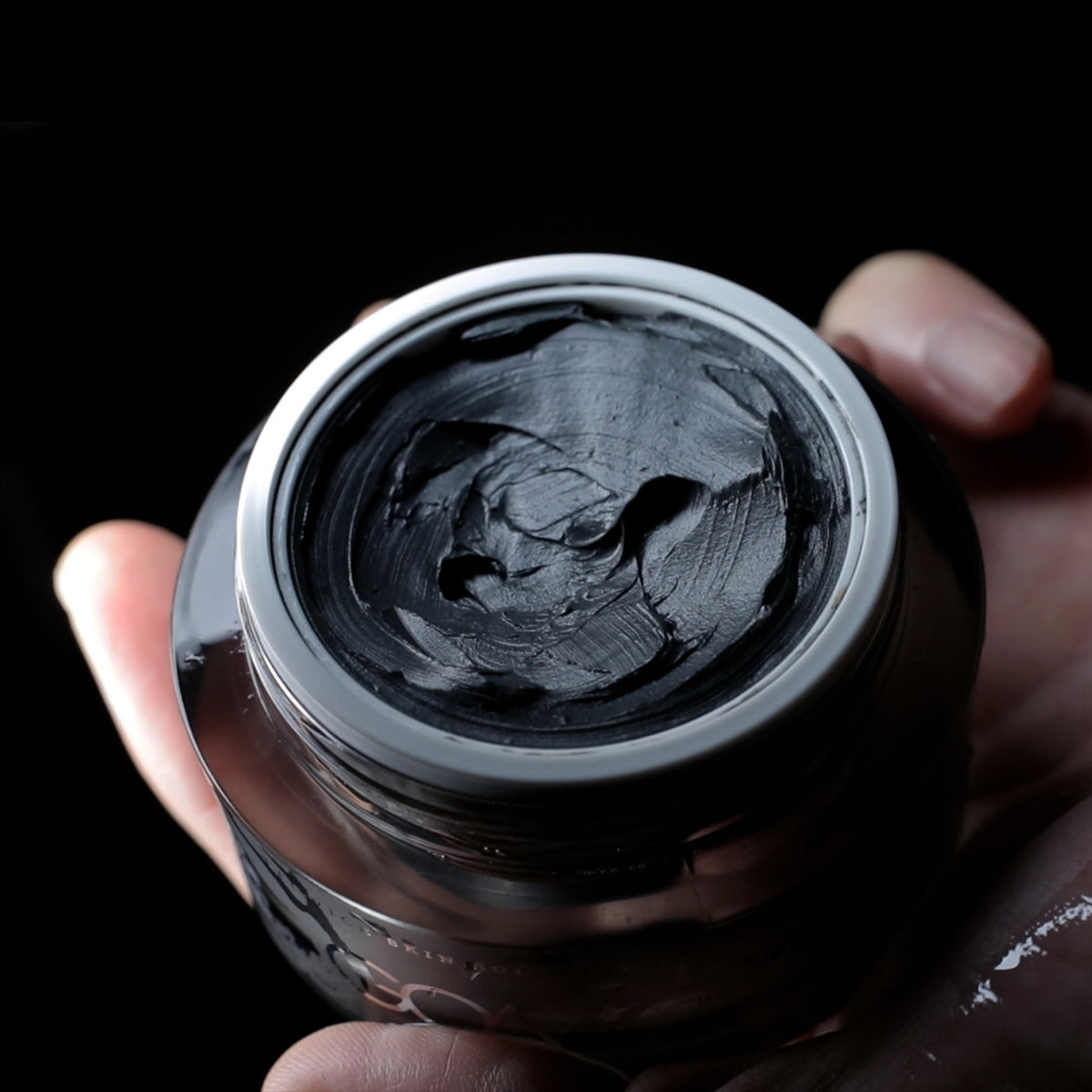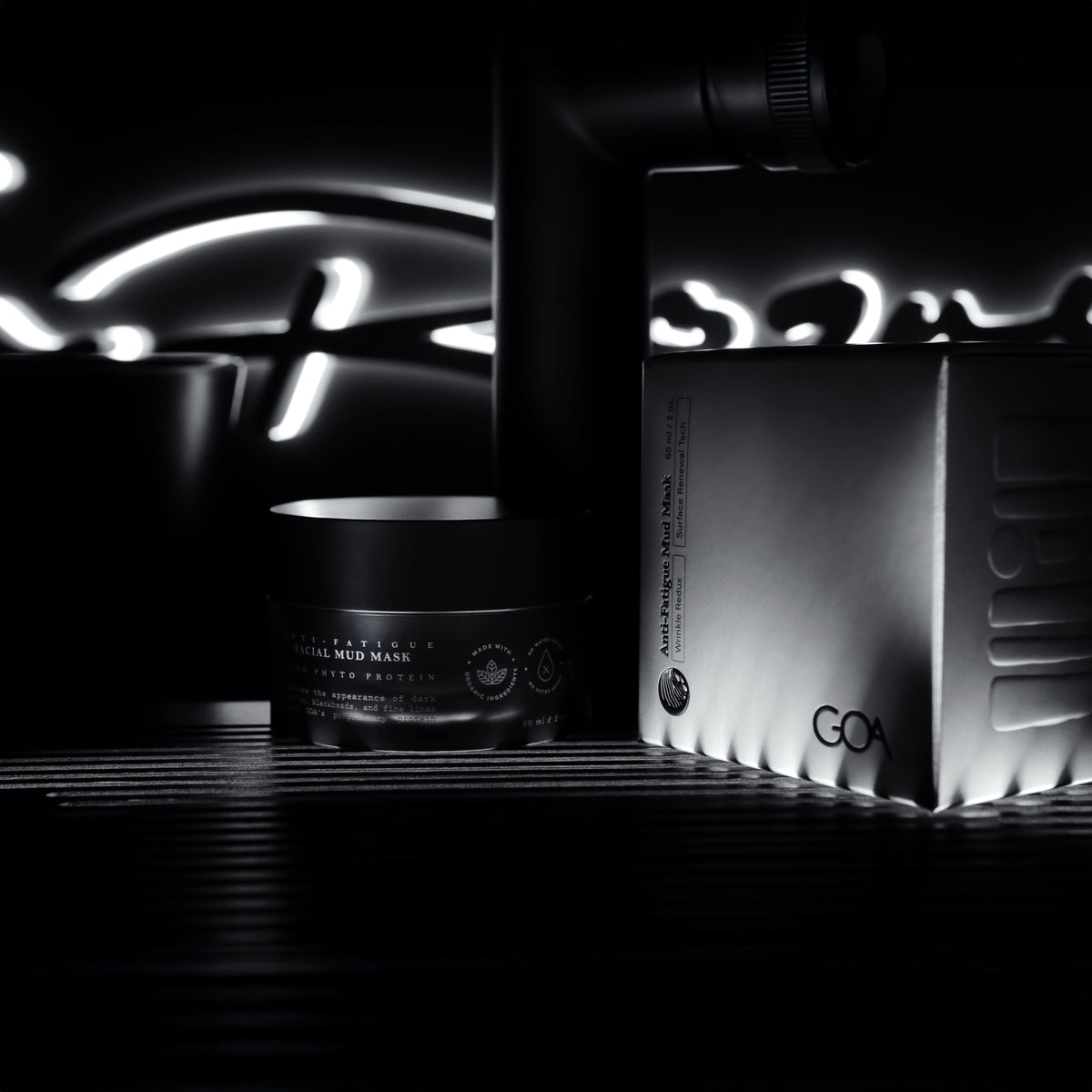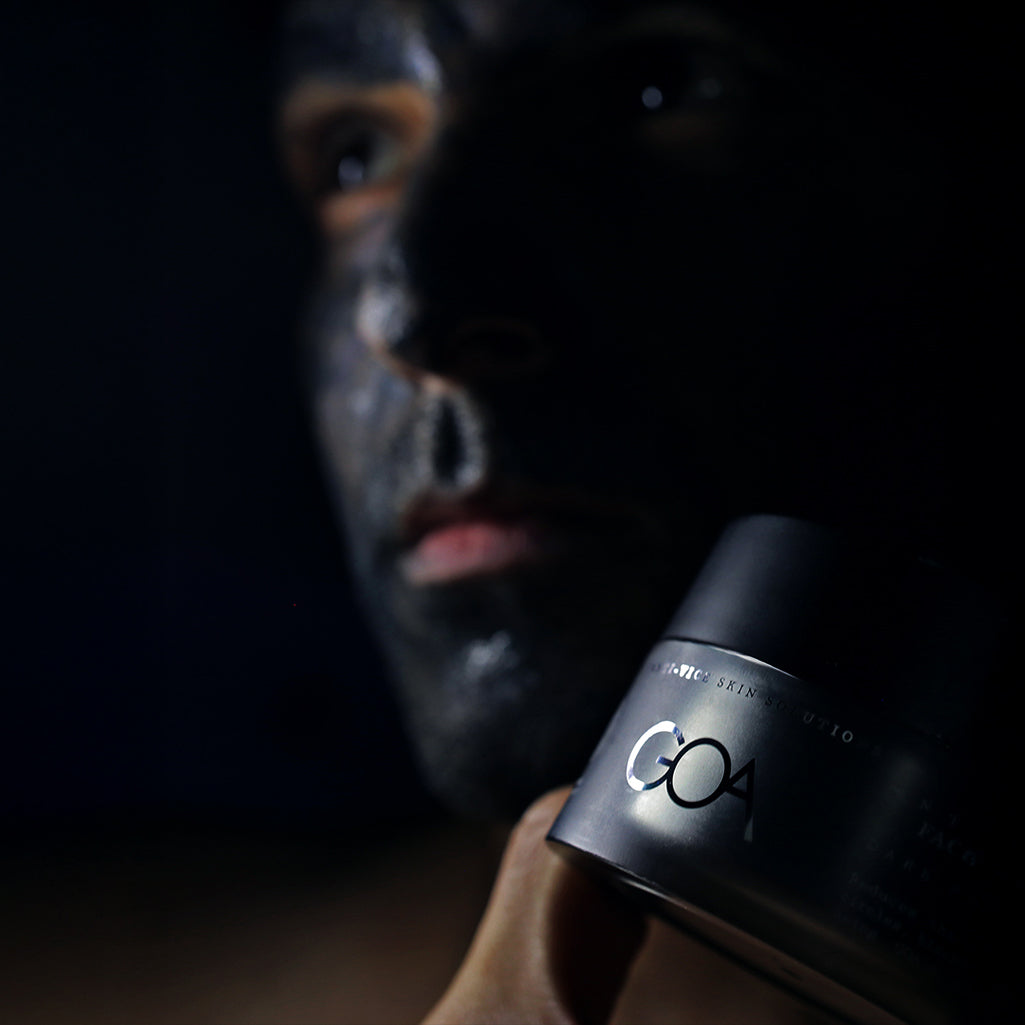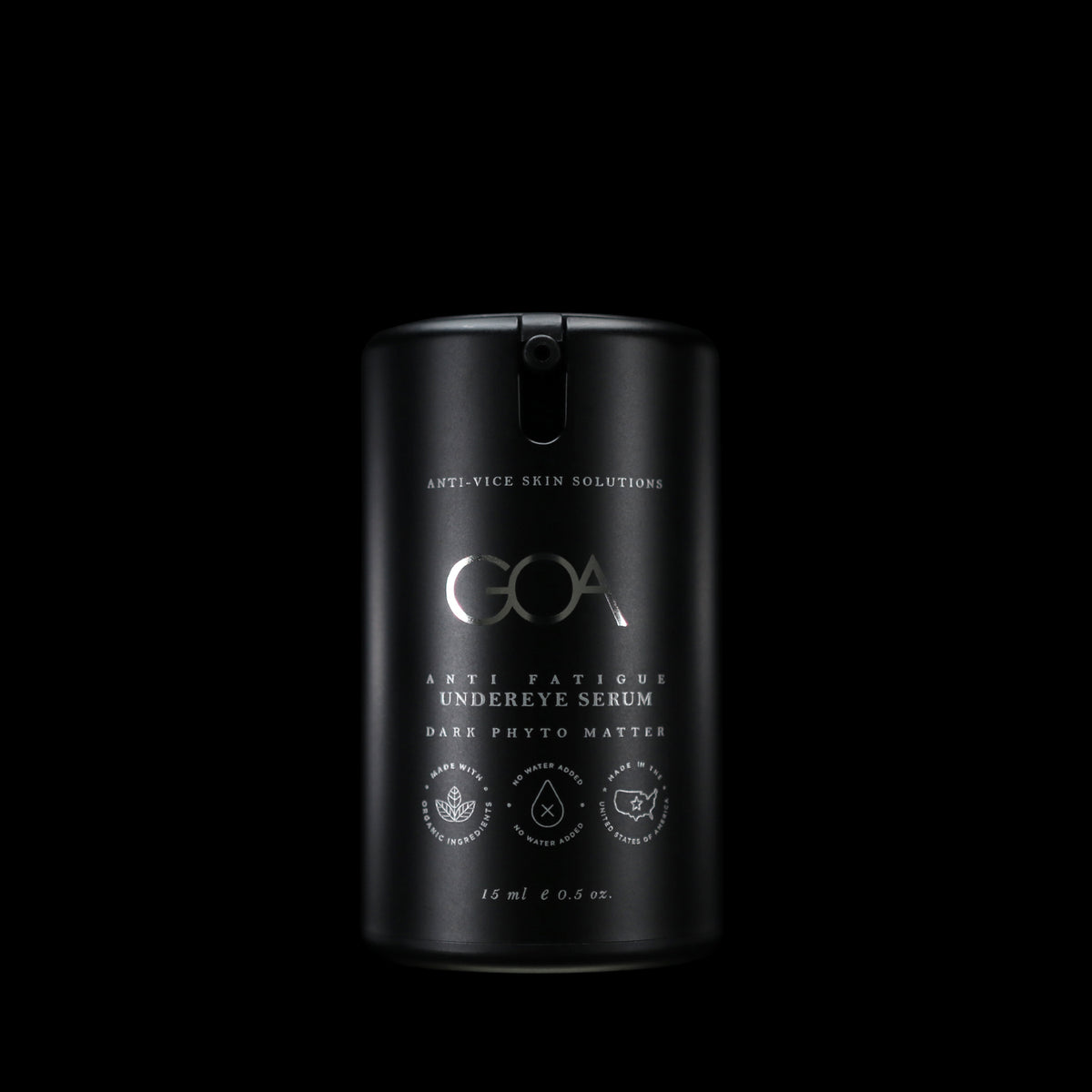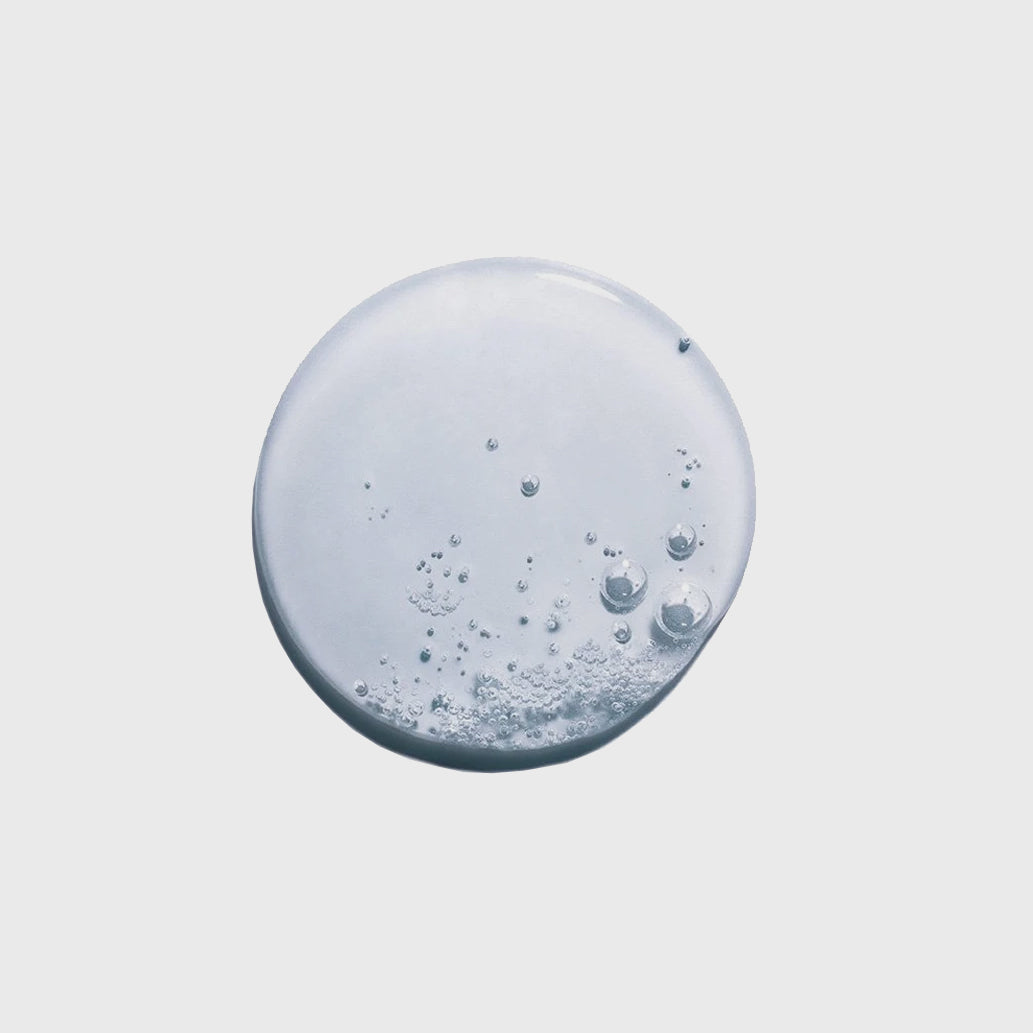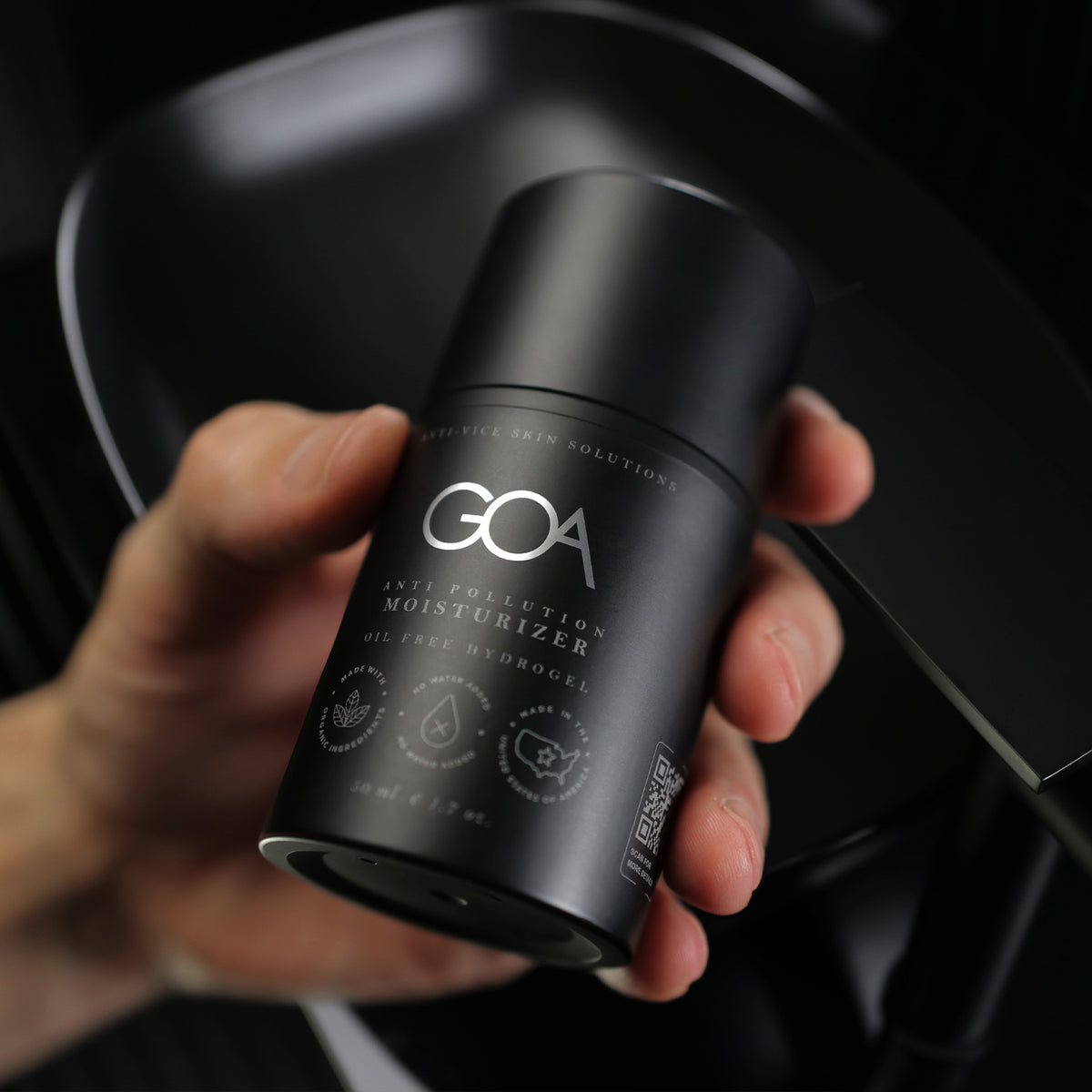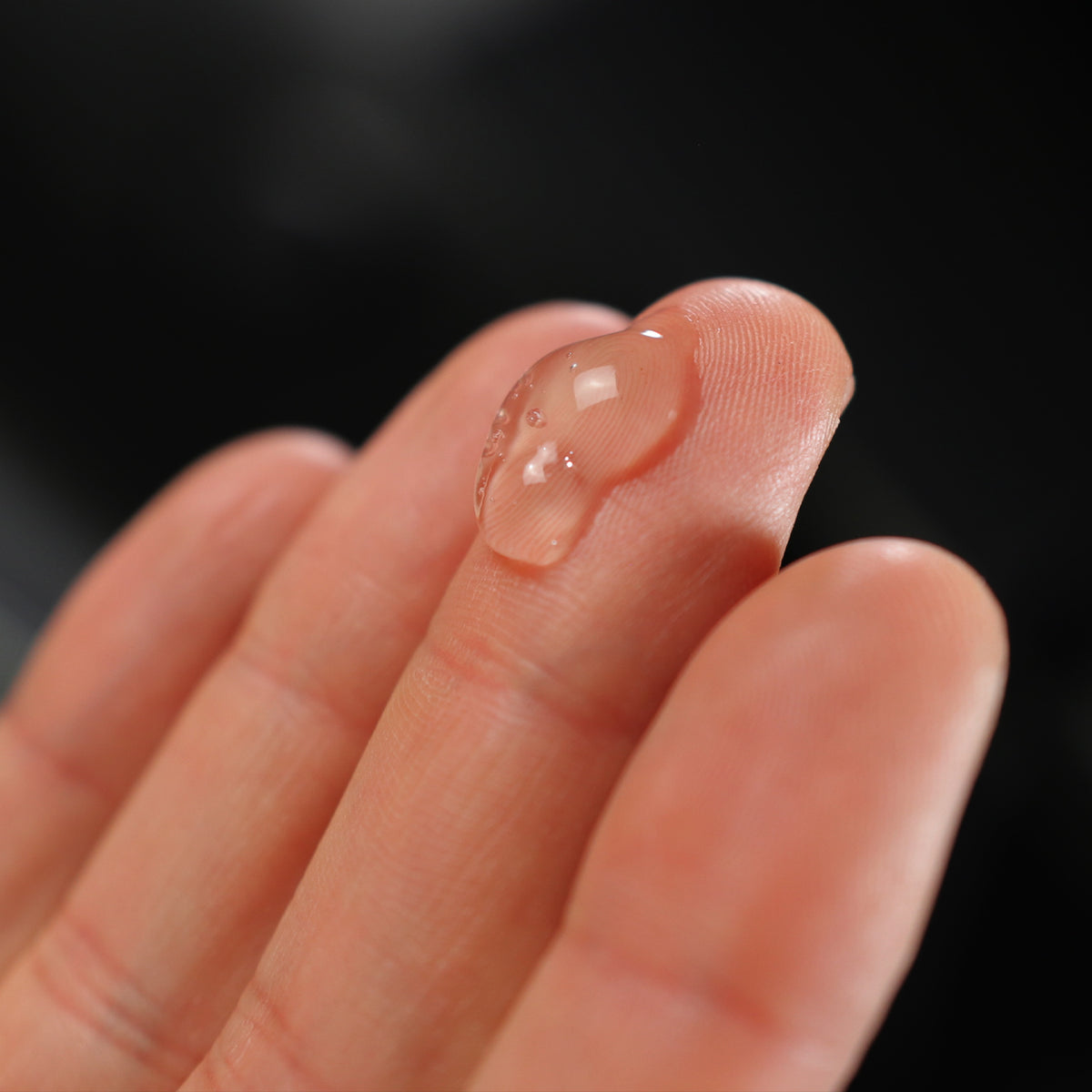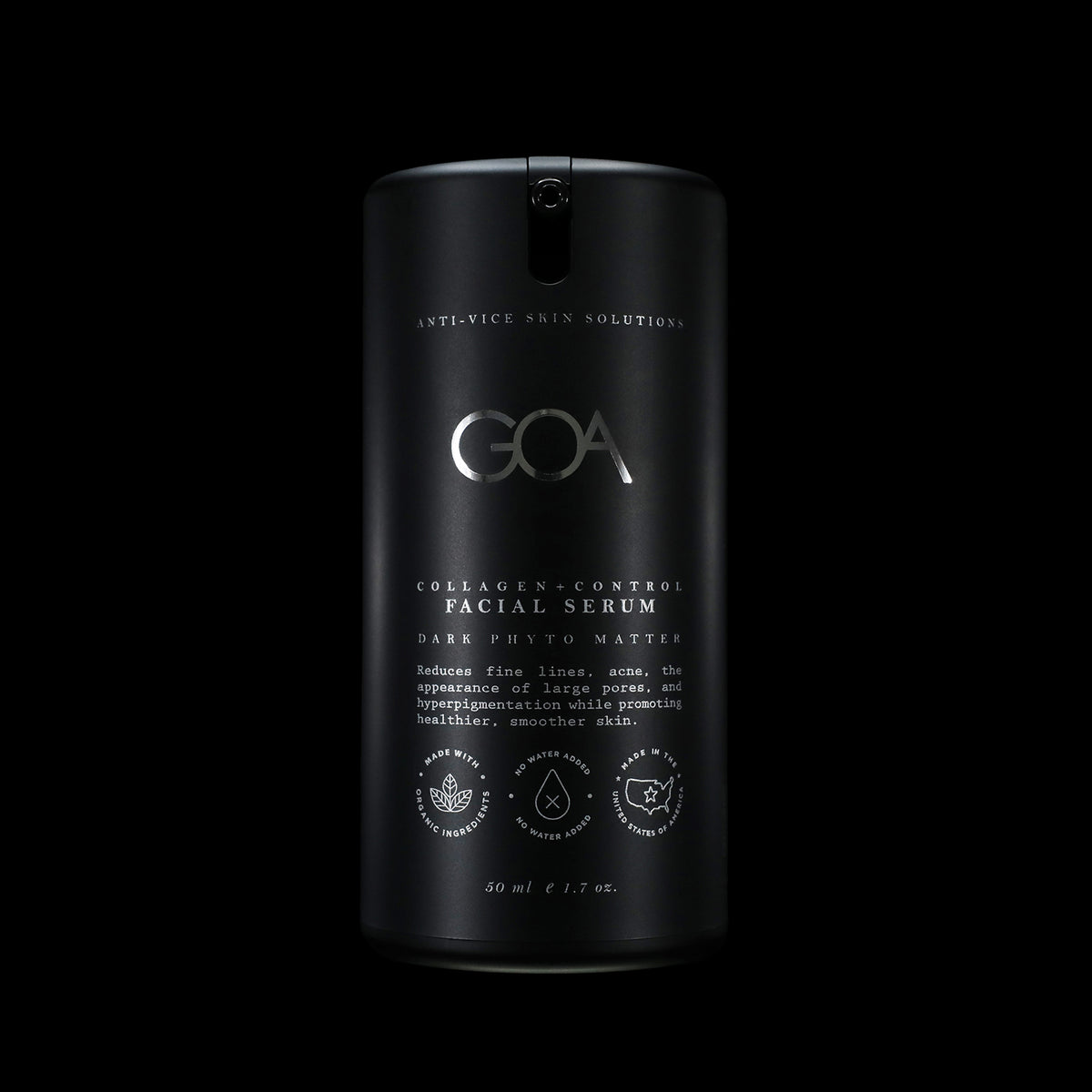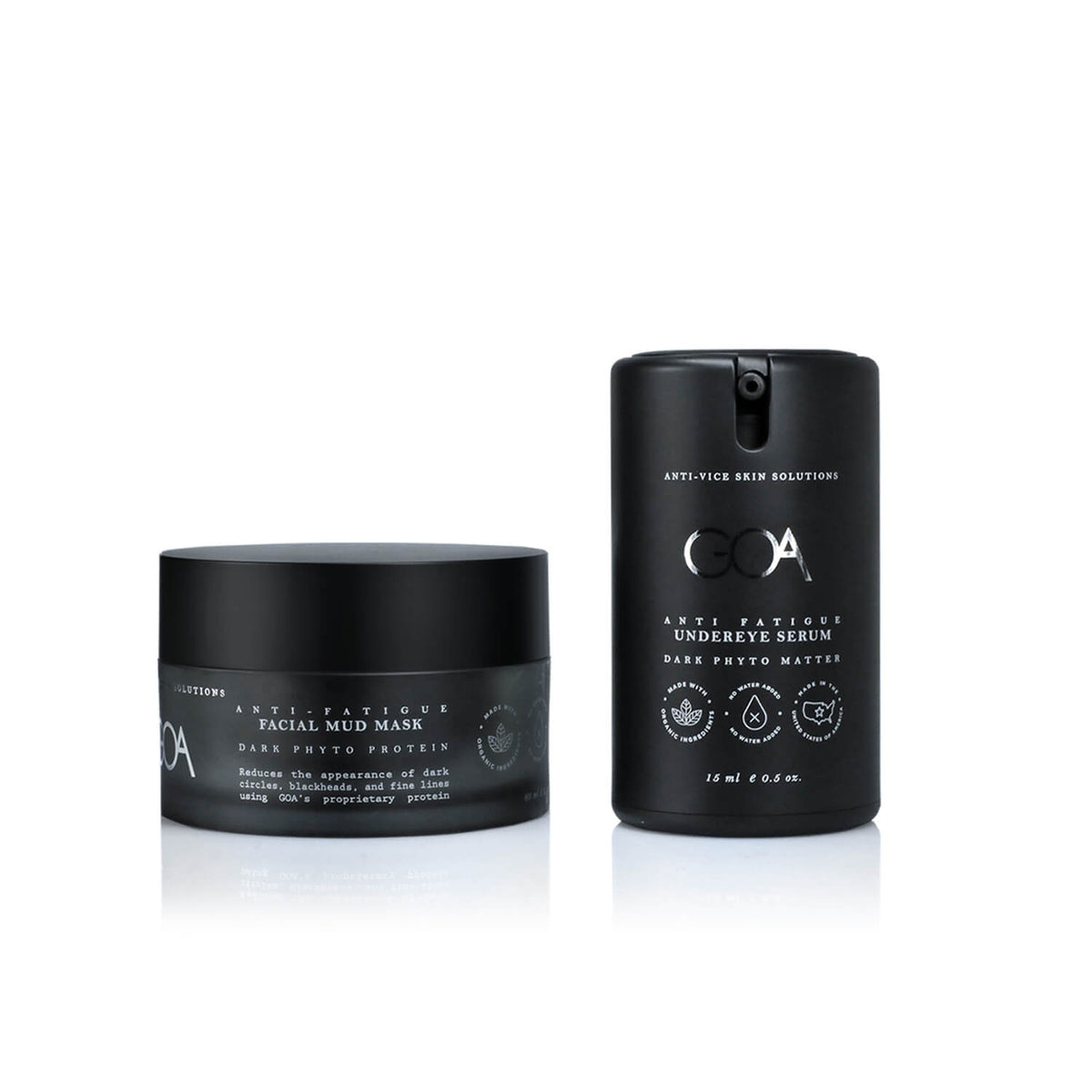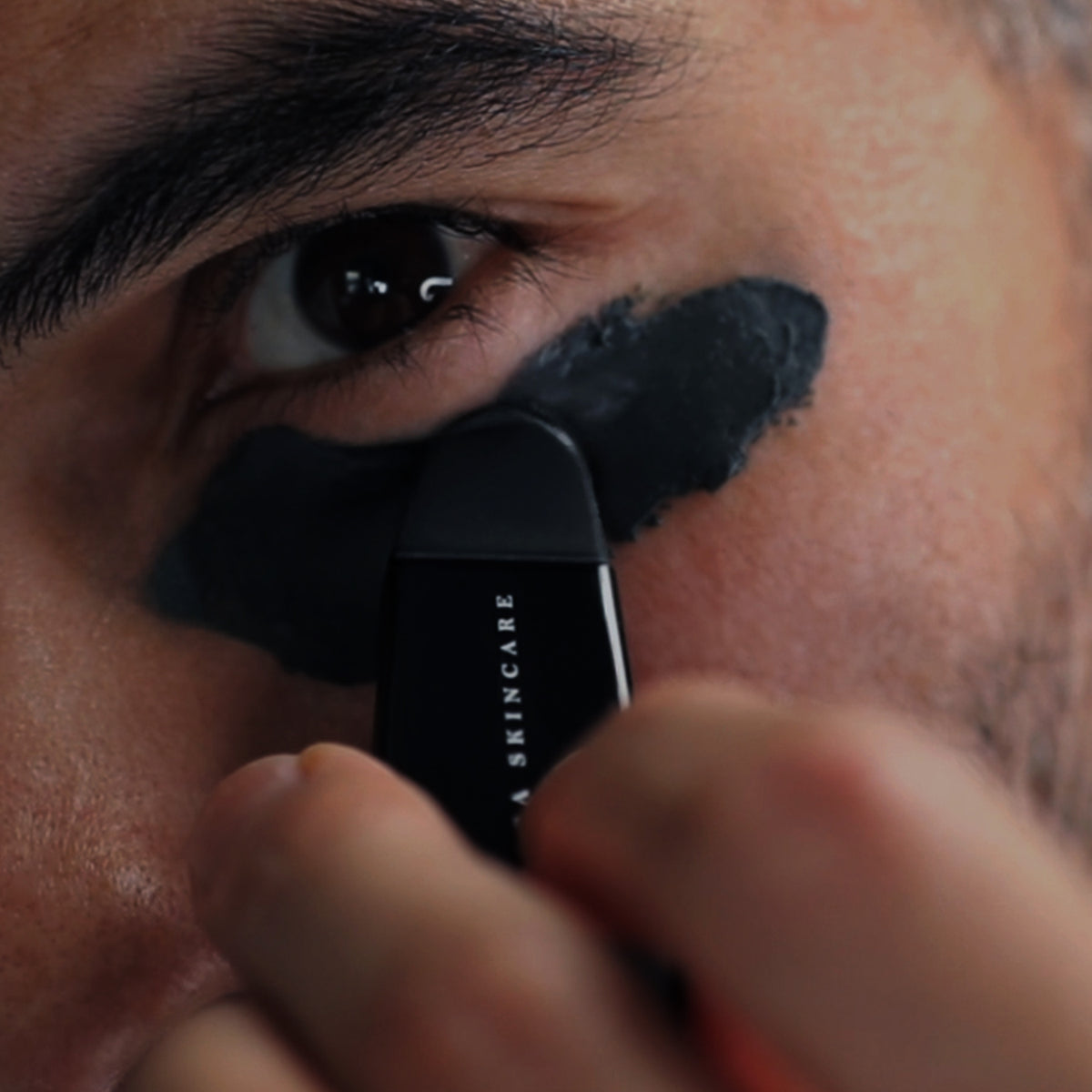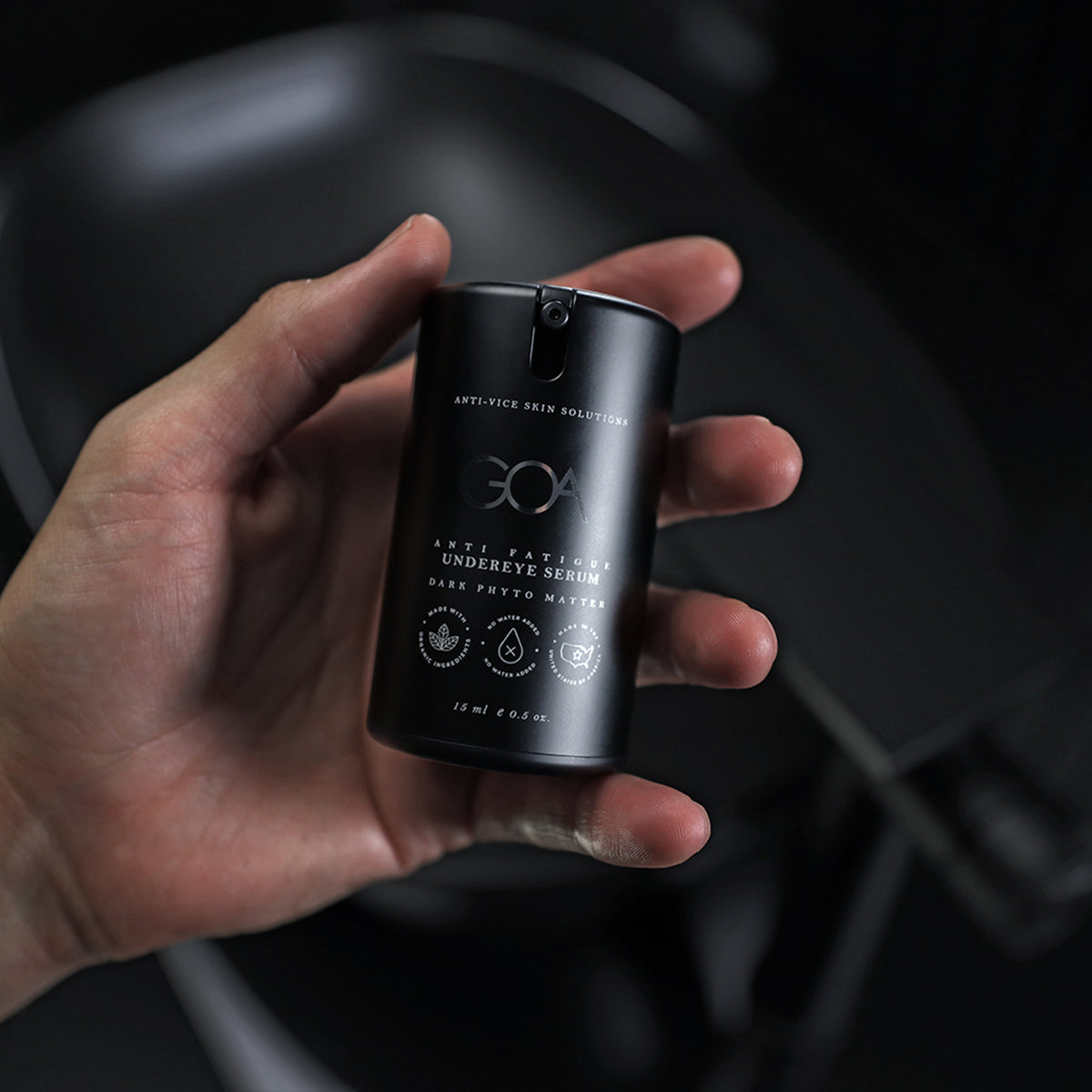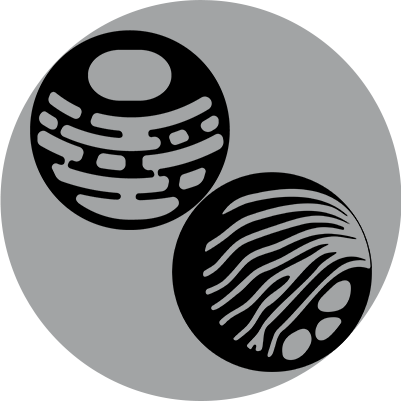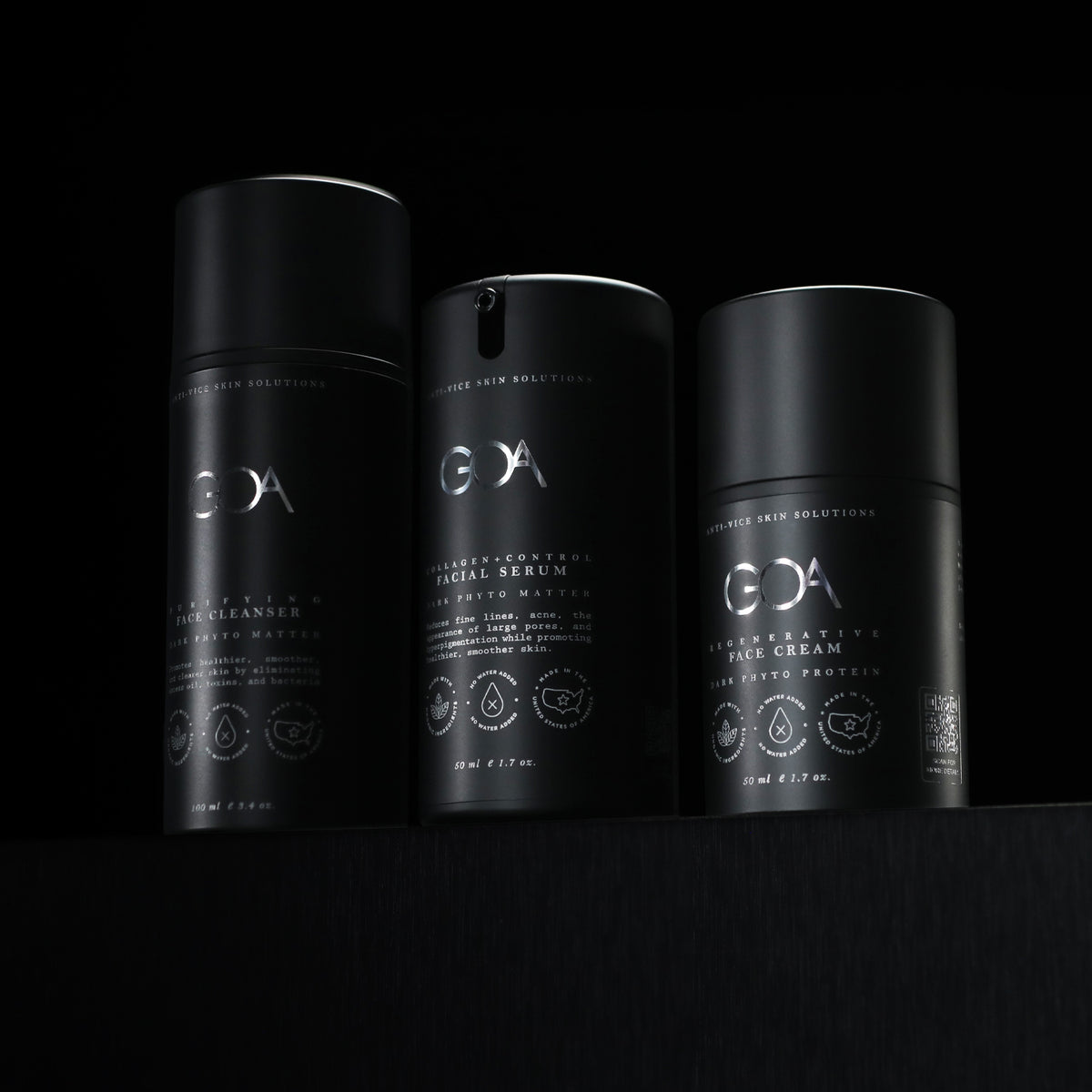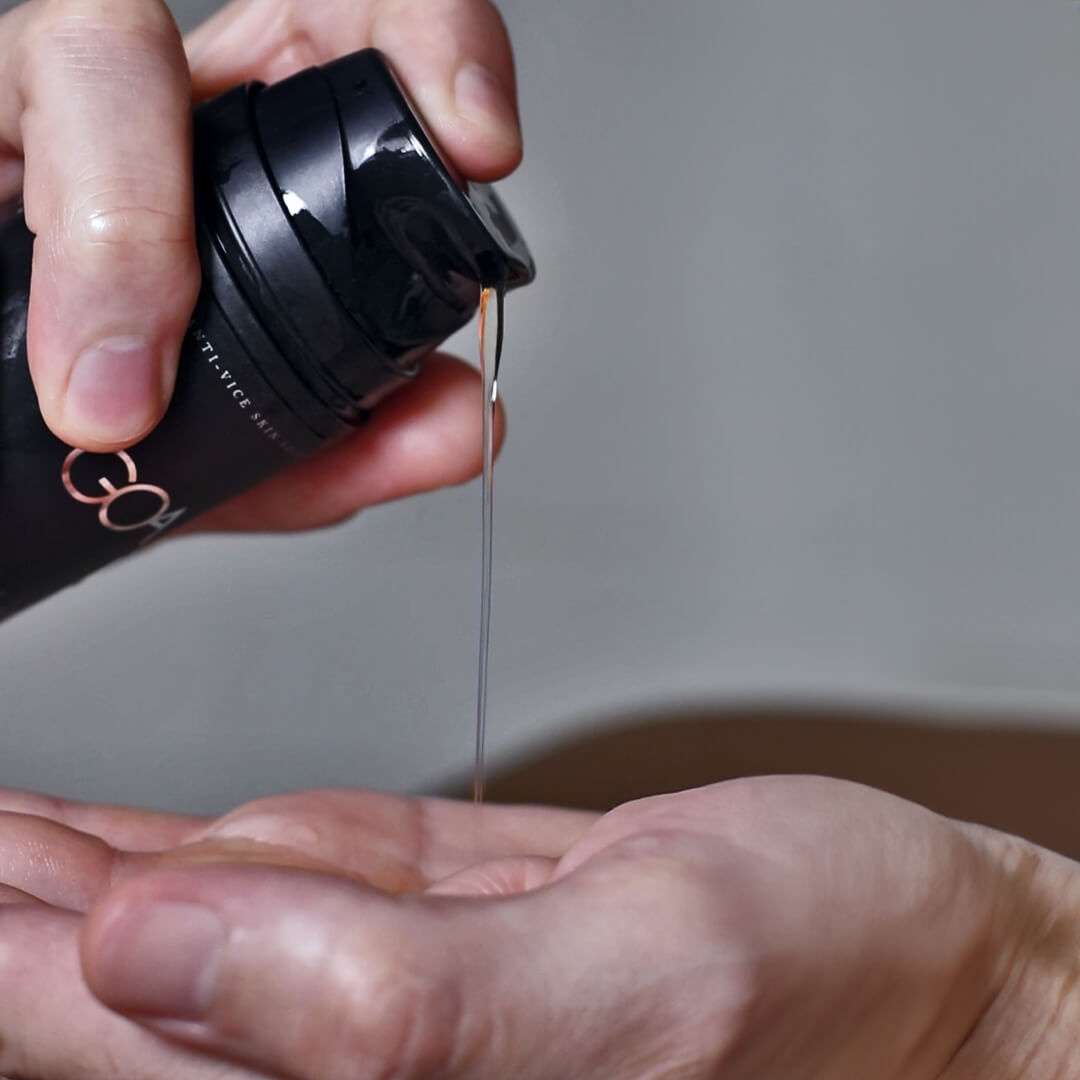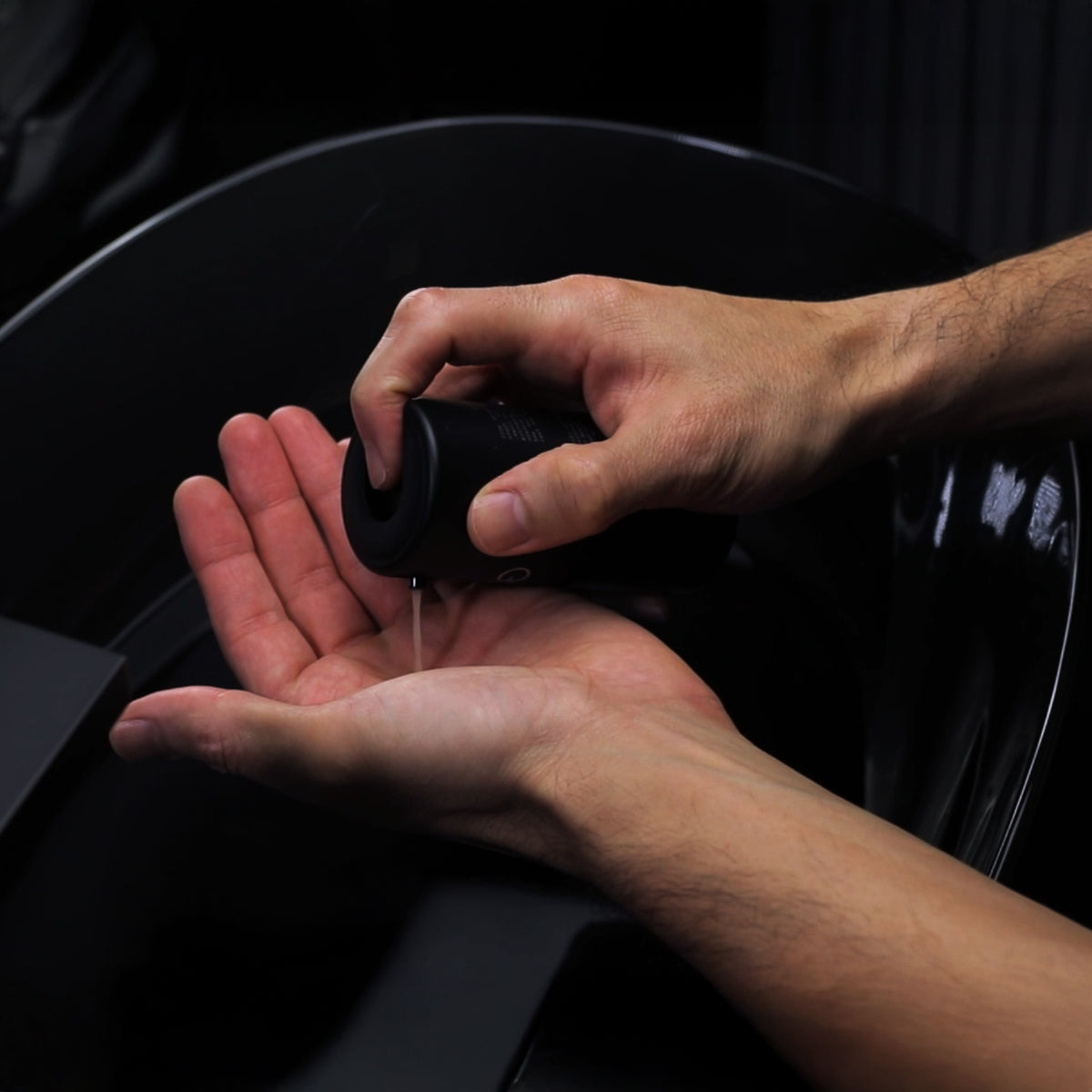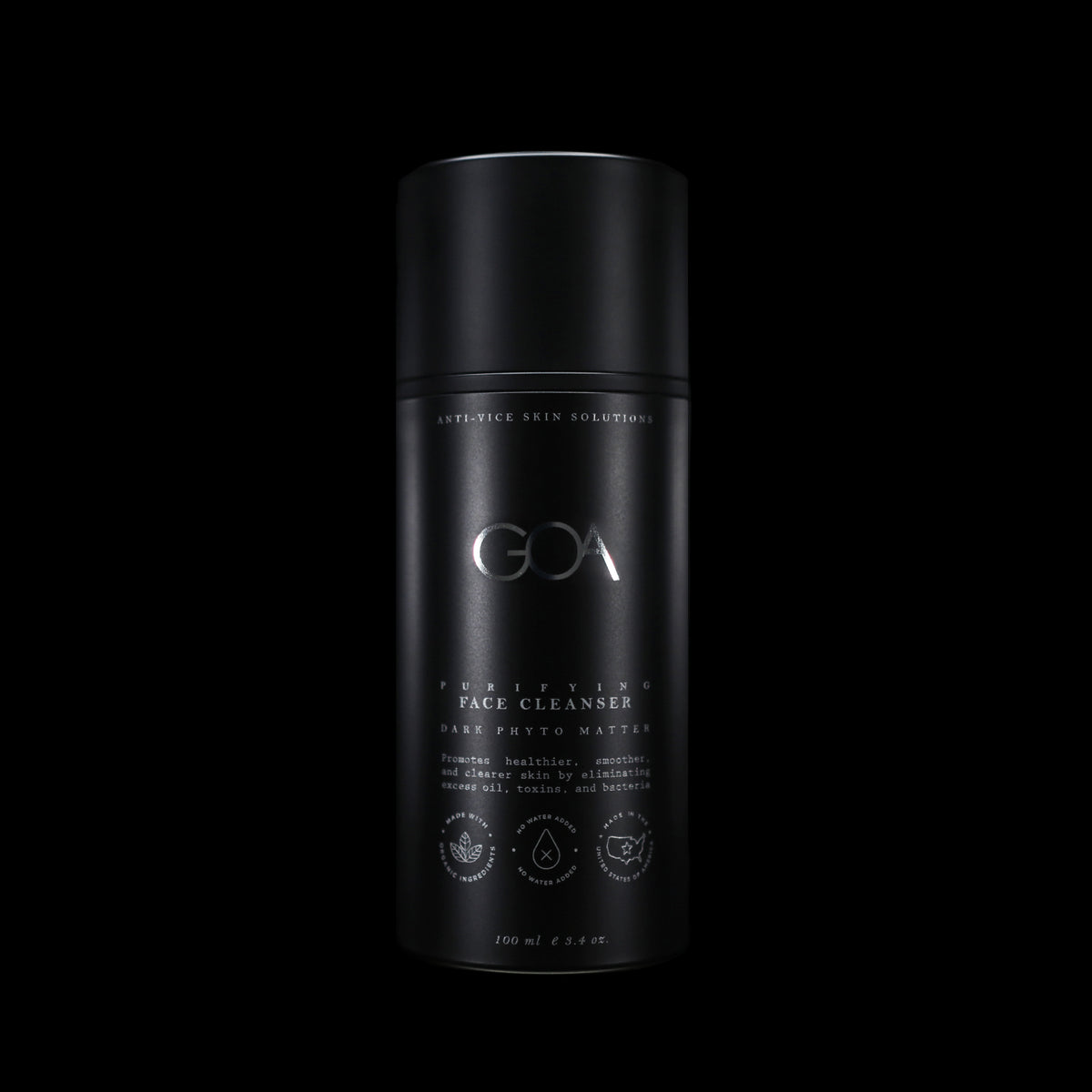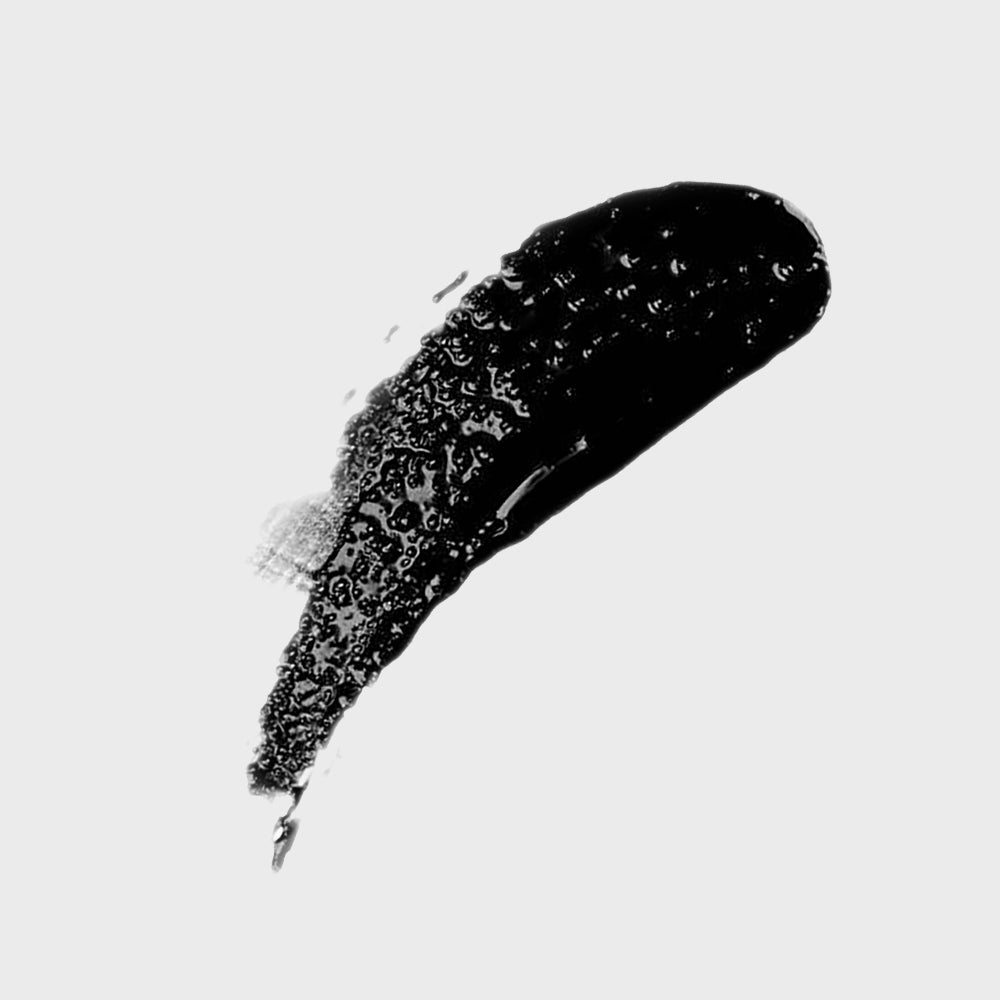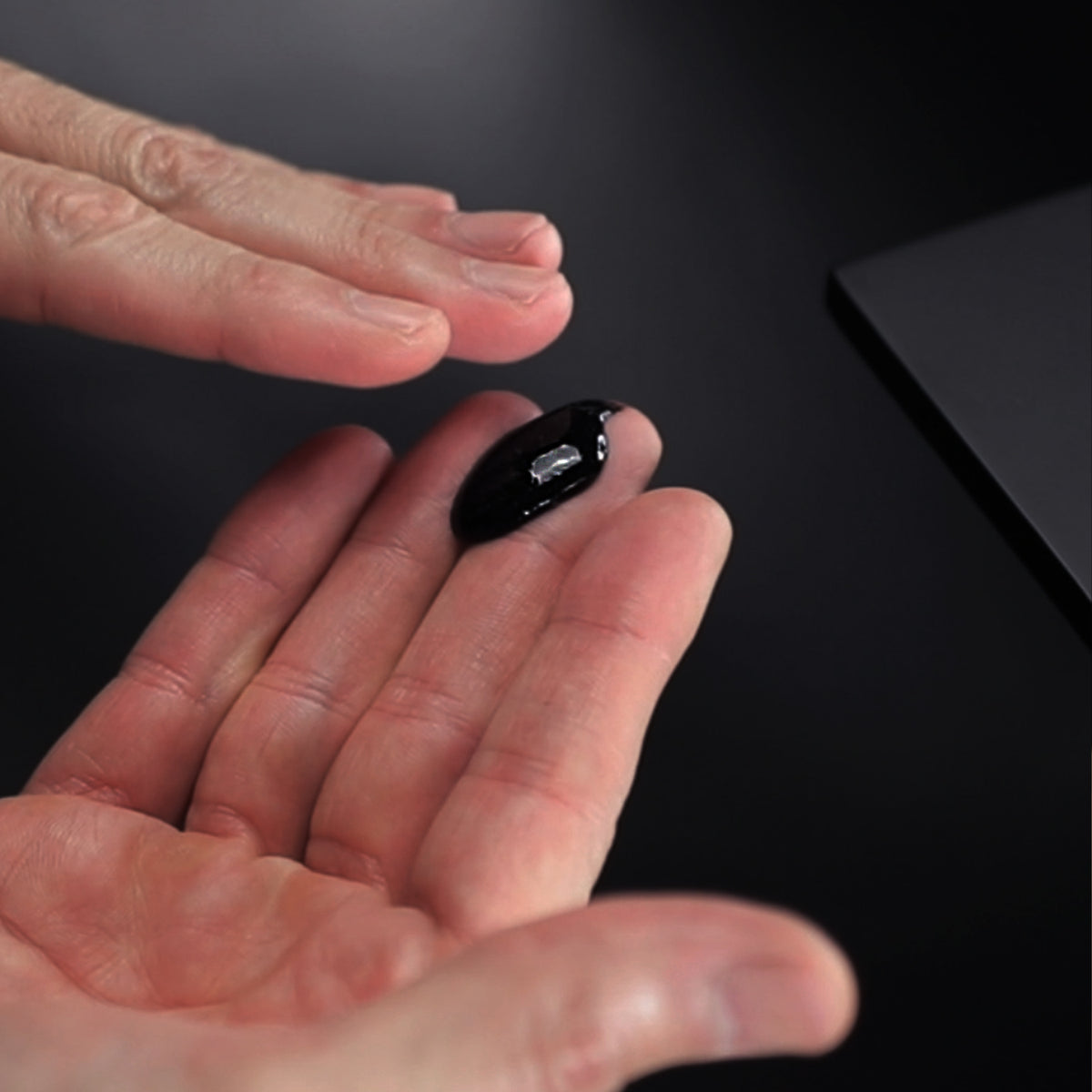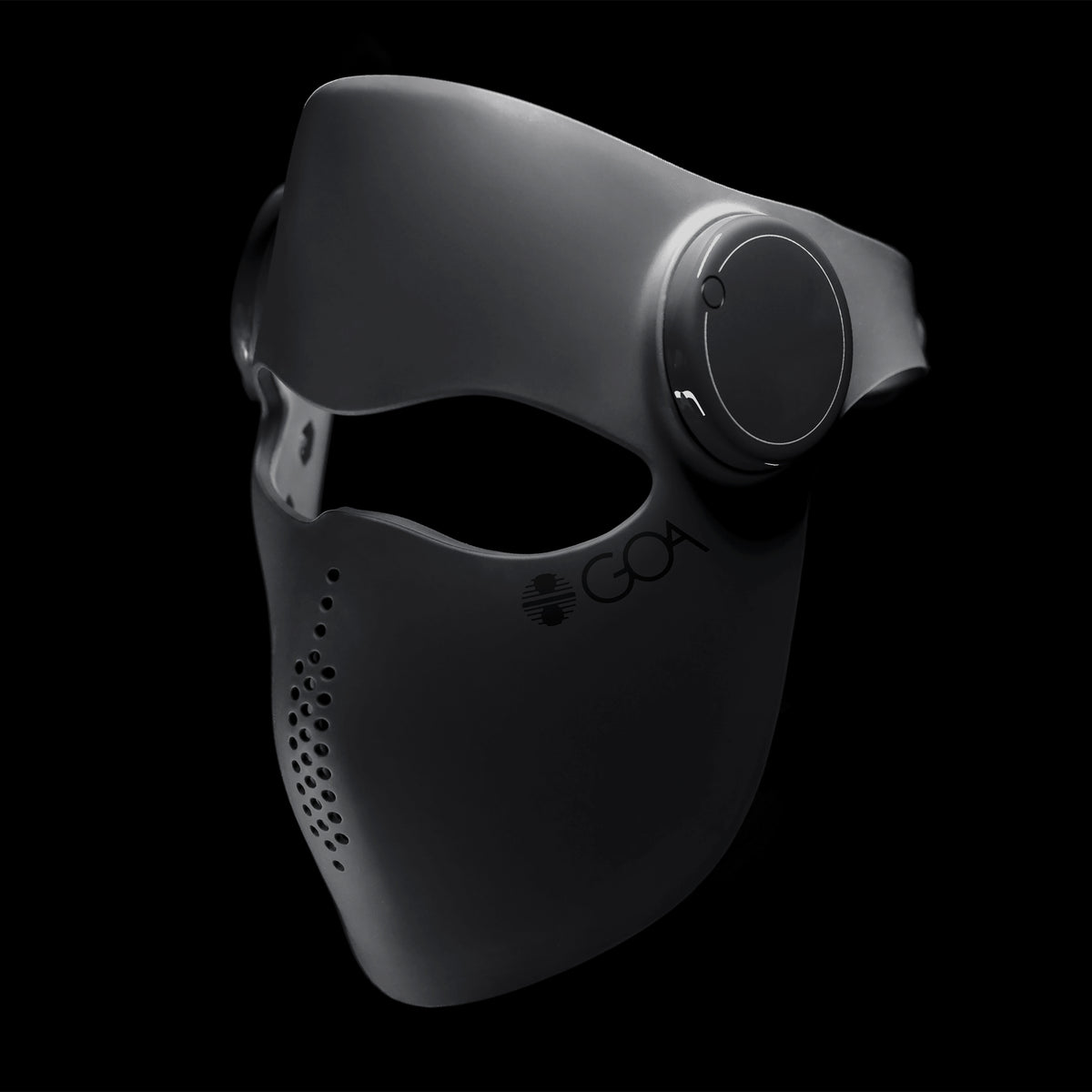As you know, UV radiation from the sun can seriously damage your skin and promote all kinds of issues, so wearing sunscreen is a must. But what really happens inside your skin when you soak in those relaxing rays?
There are a plethora of cells within your skin that continue to support the reduction of external damage - a couple of which are responsible for the protection of UV radiation. These cells are called Keratinocytes and Melanocytes. Keratinocytes account for 90% of skin cells in the epidermis and responsible for your skin color and UV sensitivity. Melanocytes, the second most abundant cells in the skin (found in the bottom layer, seen in the image below), produce most of that melanin that accumulates in Keratinocytes. Basically, Melanocytes are the paint suppliers for an artist's canvas and the paint is melanin.

So, what is this UV radiation we've been so eager to stay away from, but can't get enough of?
Ultraviolet radiation is electromagnetic radiation that originates from the sun. As sunlight is the main source of UV radiation, UV actually makes up a small portion of the sun's rays and are further divided up into different types of rays (UVA, UVB, UVC) based on the amount of energy they have. The other rays are visible light and infrared. It's important to note that higher energy rays can remove electrons from an atom or molecule; this type of radiation causes skin cancer. The rays' photons shoot straight into the skin at different levels and create damage to that area.
UVA: They have the least amount of energy but cause skin cells to age faster while causing indirect damage to the cells' DNA. Ultimately, wrinkles begin to form or form faster and may play a role in some cancers
UVB: These rays damage skin cell DNA directly, and are the main reason for sunburns and most cancers.
UVC: Emitting higher energy than all other rays, they actually don't reach the ground as they interact with ozone in the atmosphere. So, normally there is no risk. There are man-made UVC rays though, including tanning beds, welding torches and UV sanitizing bulbs.

How does UV change the pigment of your skin?
Quick answer: A physiologic tanning response from melanocytes and keratinocytes. As soon as UVB and visible light hit a keratinocyte, the cellular damage responses within the cell begin to communicate with all the other cells, specifically melanocytes. Melanocytes begin to produce more melanin which in turn are transferred to the keratinocytes for protection.
What are some other changes that can occur?
- Can change the skin thickness
- Can destroy Keratinocytes
- Can drive oxidative free radical damage to DNA
- Can directly affect nucleotide base pairing in DNA
There are many processes in the skin that work to reduce the impact of the sun's rays, but the best defense is using sunscreen of at least 30 SPF, sunglasses, hats, and clothing. This is not to make it seem like you have to head to the park or beach dressed as a true detective! Just a heads up for members looking to lower sensitivity and prevent or reduce wrinkles, redness, and rough skin.
Thanks for reading! Have a wonderful weekend and stay healthy, stay safe.
Rodrigo Diaz,
Founder, Creative Director













